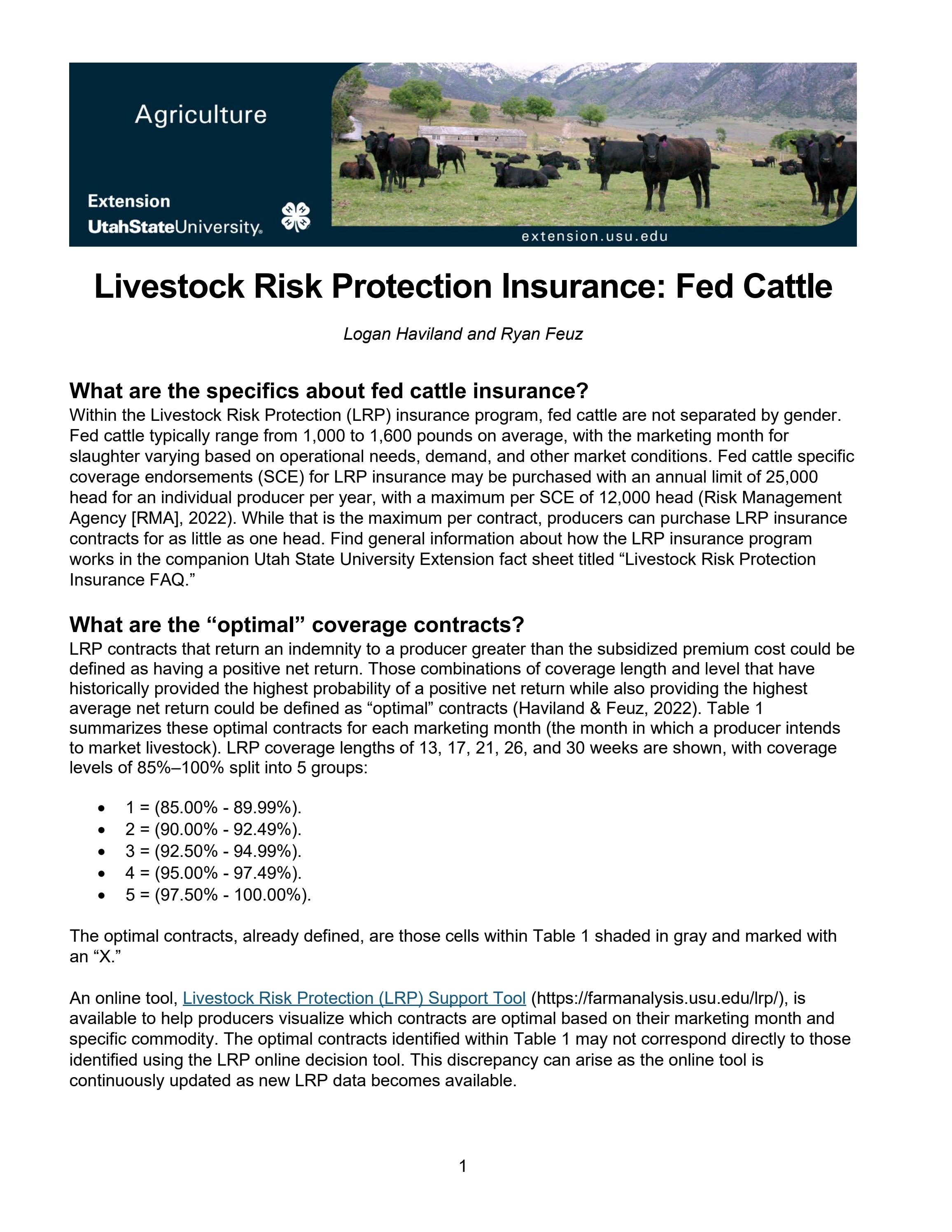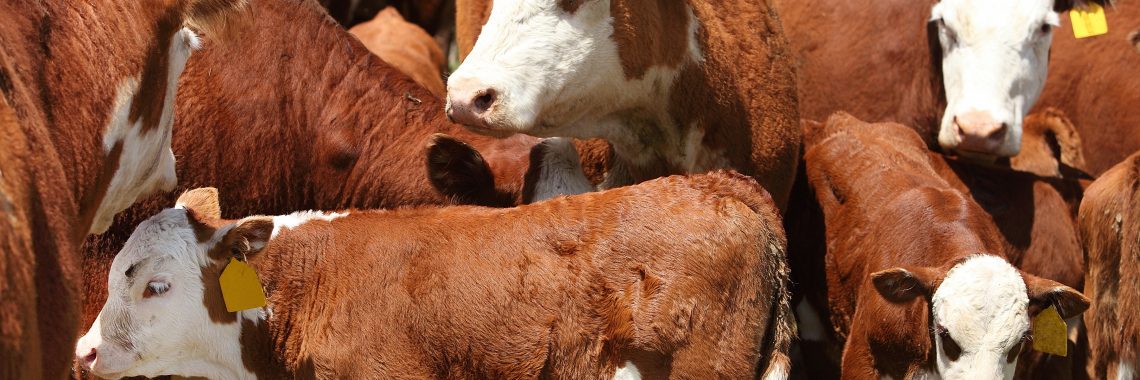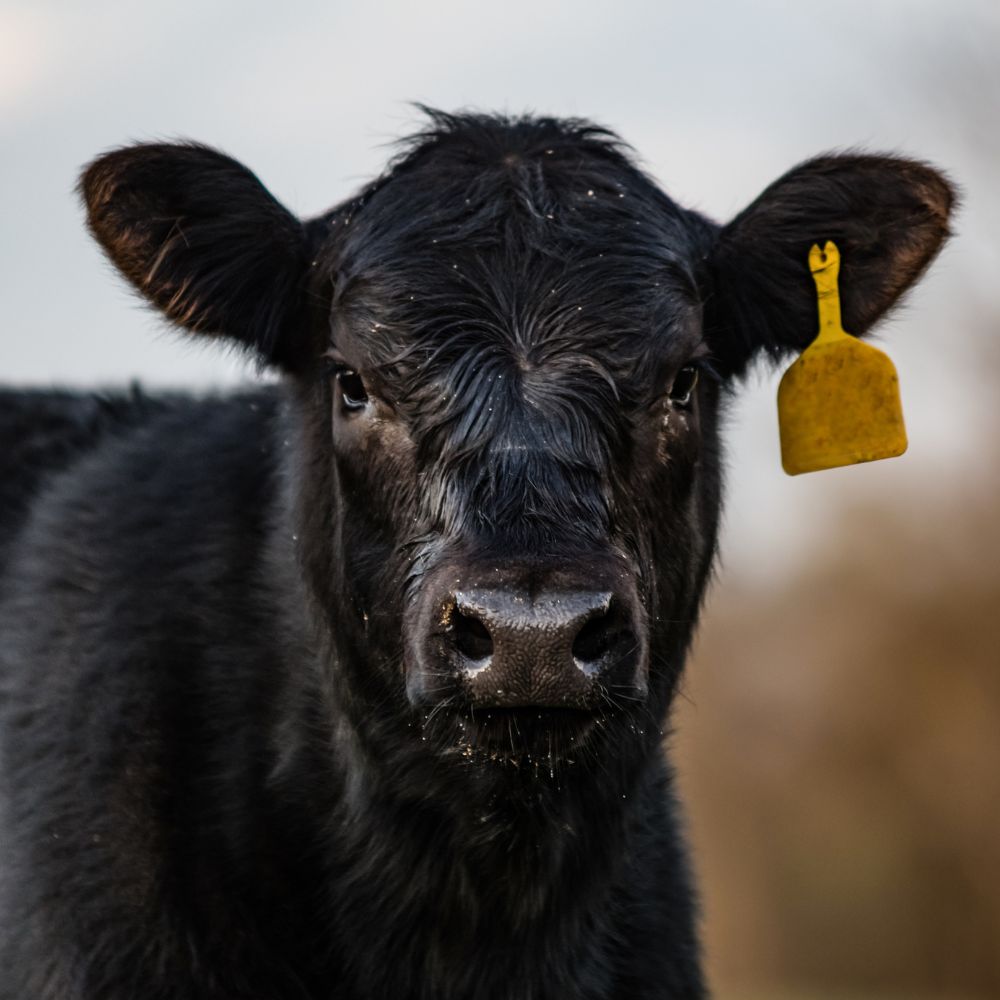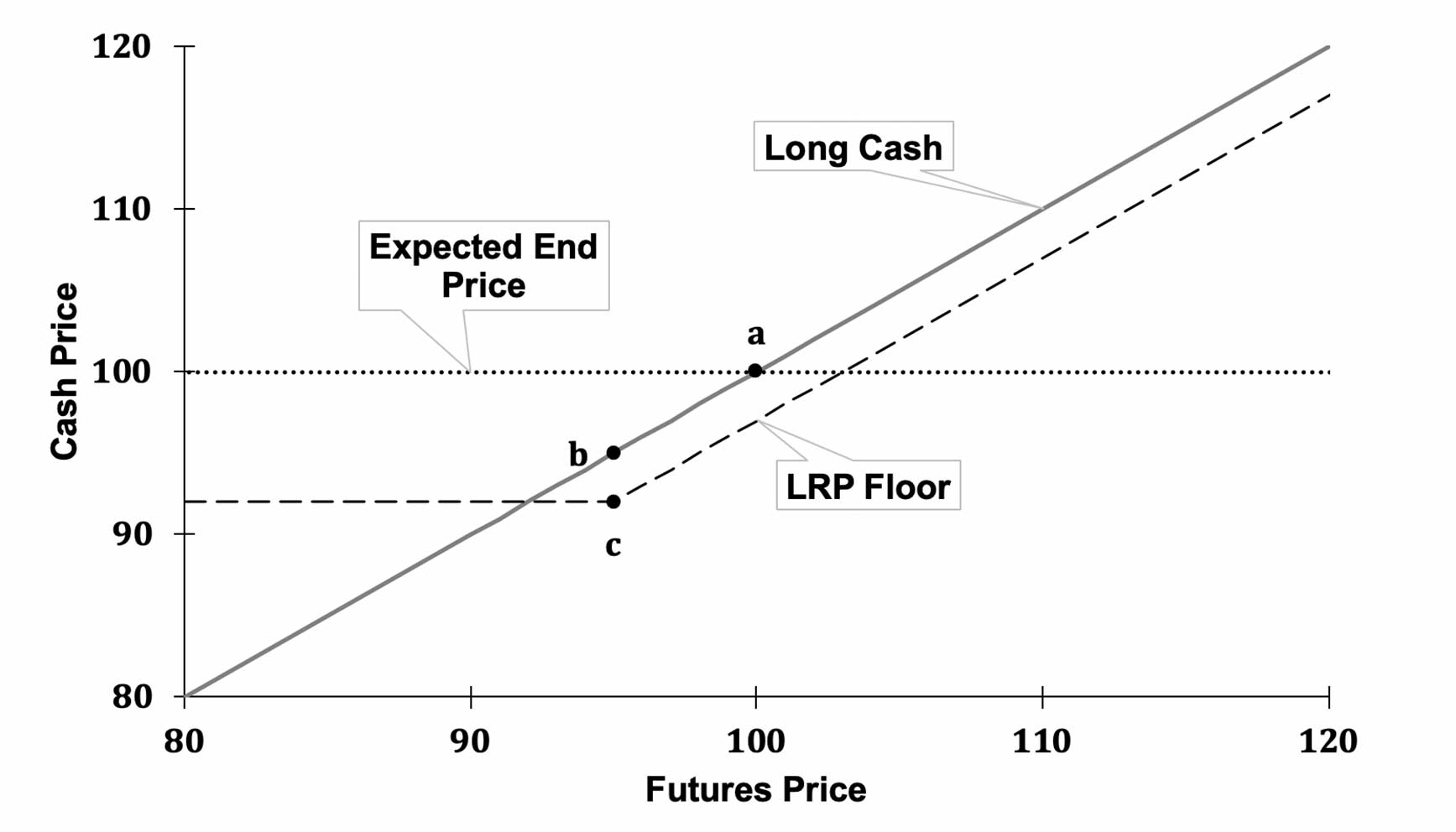Proactive Protection: Bagley Risk Management Methods
Wiki Article
Understanding Animals Danger Security (LRP) Insurance Coverage: A Comprehensive Guide
Browsing the realm of animals danger protection (LRP) insurance policy can be a complicated endeavor for lots of in the agricultural field. This sort of insurance policy supplies a safeguard against market variations and unpredicted situations that could impact livestock manufacturers. By understanding the ins and outs of LRP insurance, producers can make enlightened decisions that might safeguard their operations from economic risks. From just how LRP insurance works to the numerous coverage options readily available, there is much to uncover in this extensive overview that can potentially shape the method animals producers approach danger monitoring in their companies.

Exactly How LRP Insurance Works
Periodically, recognizing the technicians of Livestock Risk Protection (LRP) insurance can be intricate, however breaking down just how it works can offer quality for herdsmans and farmers. LRP insurance coverage is a risk monitoring tool designed to shield livestock manufacturers against unanticipated cost decreases. The policy permits producers to establish a protection degree based on their details requirements, picking the number of head, weight range, and coverage cost. When the plan is in area, if market value drop listed below the insurance coverage price, manufacturers can sue for the difference. It is very important to keep in mind that LRP insurance policy is not an income warranty; instead, it concentrates solely on cost threat security. The insurance coverage period typically ranges from 13 to 52 weeks, providing versatility for producers to pick a duration that straightens with their production cycle. By using LRP insurance, breeders and farmers can minimize the monetary threats connected with fluctuating market rates, ensuring better security in their operations.Qualification and Insurance Coverage Options

When it involves coverage choices, LRP insurance policy offers producers the adaptability to choose the protection degree, insurance coverage period, and endorsements that finest match their risk administration requirements. Insurance coverage levels commonly range from 70% to 100% of the anticipated finishing value of the insured animals. Producers can additionally select insurance coverage periods that line up with their manufacturing cycle, whether they are guaranteeing feeder cattle, fed cattle, swine, or lamb. Recommendations such as rate risk security can better customize protection to secure versus damaging market fluctuations. By understanding the eligibility requirements and protection options offered, animals manufacturers can make enlightened choices to take care of threat efficiently.
Pros and Cons of LRP Insurance
When assessing Livestock Threat Security (LRP) insurance coverage, it is necessary for livestock producers to consider the disadvantages and benefits fundamental in this threat administration tool.
One of the main benefits of LRP insurance is its capability to provide defense versus a decrease in livestock costs. This can help guard producers from financial losses arising from market fluctuations. Additionally, LRP insurance coverage supplies a level of flexibility, permitting producers to personalize insurance coverage degrees and plan periods to suit their particular requirements. By securing in an assured price for their livestock, producers can better take care of threat and prepare for the future.
One limitation of LRP insurance policy is that it does not secure against all kinds of dangers, such as disease episodes or all-natural catastrophes. It is essential for producers to meticulously analyze their private danger exposure and financial situation to establish if LRP insurance coverage is the best risk monitoring device for their operation.
Understanding LRP Insurance Policy Premiums

Tips for Making Best Use Of LRP Advantages
Maximizing the benefits of Livestock Danger Defense (LRP) insurance needs critical preparation and proactive danger administration - Bagley Risk Management. To take advantage of your LRP coverage, consider the complying with you can try these out ideas:Routinely Examine Market Problems: Keep educated about market trends and price changes in the livestock market. By checking these factors, you can make informed decisions about when to purchase LRP coverage to safeguard against potential losses.
Set Realistic Coverage Degrees: When picking more helpful hints insurance coverage degrees, consider your manufacturing expenses, market value of livestock, and potential threats - Bagley Risk Management. Establishing practical insurance coverage degrees makes sure that you are appropriately shielded without paying too much for unneeded insurance coverage
Expand Your Protection: Rather than relying entirely on LRP insurance, consider expanding your danger administration techniques. Combining LRP with various other risk management tools such as futures agreements or choices can supply extensive coverage versus market uncertainties.
Review and Readjust Protection Frequently: As market conditions transform, regularly review your LRP insurance coverage to ensure it aligns with your present risk direct exposure. Changing insurance coverage levels and timing of acquisitions can assist maximize your danger protection method. By following these pointers, you can maximize the advantages of LRP insurance and guard your livestock procedure against unpredicted dangers.
Conclusion
Finally, livestock threat protection (LRP) insurance policy is an important device for farmers to manage the monetary threats connected with their animals procedures. By recognizing how LRP functions, eligibility and insurance coverage options, in addition to the advantages and disadvantages of this insurance coverage, farmers can make enlightened choices important link to protect their resources. By carefully taking into consideration LRP costs and executing methods to take full advantage of advantages, farmers can mitigate potential losses and make sure the sustainability of their procedures.
Animals producers interested in obtaining Livestock Danger Defense (LRP) insurance can explore a variety of qualification standards and coverage options tailored to their particular livestock procedures.When it comes to protection choices, LRP insurance policy supplies manufacturers the adaptability to pick the coverage degree, insurance coverage duration, and recommendations that ideal match their threat monitoring demands.To realize the details of Animals Threat Defense (LRP) insurance policy totally, recognizing the aspects affecting LRP insurance policy costs is crucial. LRP insurance coverage costs are figured out by different aspects, including the coverage level picked, the anticipated cost of animals at the end of the coverage duration, the kind of livestock being guaranteed, and the size of the protection period.Testimonial and Readjust Protection Routinely: As market conditions transform, occasionally examine your LRP coverage to guarantee it lines up with your current threat direct exposure.
Report this wiki page